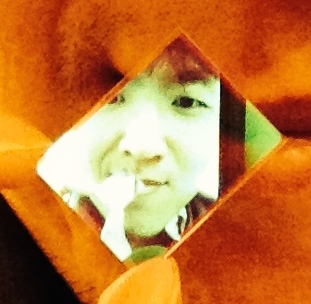Back in January, Yiannis (Vlassopoulos) and I were talking about “quadratic relations” and higher concepts in language, for example the analogy between “(king, queen)” and “(man, woman)”. Deep neural networks can learn such relations from a set of natural language texts, called a corpus. But there are other ways of learning such relations:
| Representation of corpus | How to learn / compute |
| n-grams | string matching |
| word embeddings | standard algorithms, e.g. neural nets |
| presyntactic category | computational category theory |
| bar construction | Koszul dual |
| formal concept lattice | TBD |
There are some very nice connections between all five representations. In a way, they’re all struggling to get away from the raw, syntactic, “1-dimensional” data of word co-location to something higher-order, something semantic. (For example, “royal + woman = queen” is semantic; “royal + woman = royal woman” is not.) I’d like to tell a bit of that story here.
